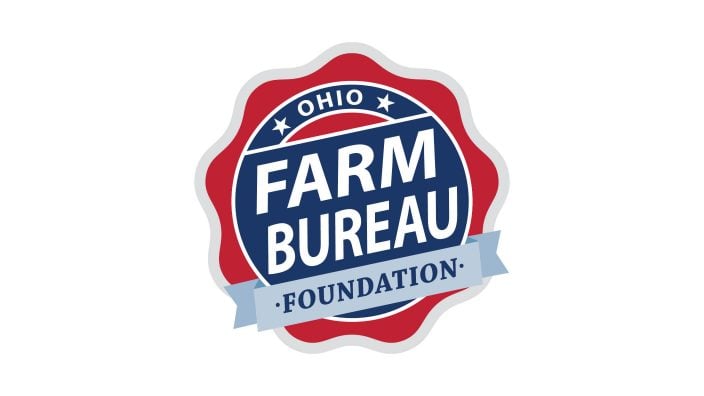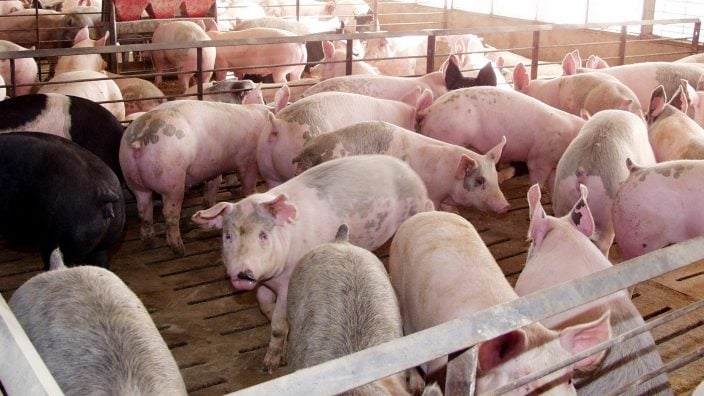Applications for Ohio Farm Bureau Health Plans now available
Members have three ways to apply: contacting a certified agent, calling 833-468-4280 or visiting ohiofarmbureauhealthplans.org.
Read MoreA recent court ruling will reduce pork line speeds through the New Swine Inspection System (NSIS). According to some industry analysts, if this decision is left unchallenged before June 30, it will result in a 2.5% loss in pork packing plant capacity nationwide, and more than $80 million in reduced income for small U.S. hog farmers. The impact is even higher in Ohio and surrounding states due to reliance on regional meat packing plants that have been utilizing the higher line speeds.
“With over 25% of the nation’s hog slaughter capacity enrolled in the NSIS program, we are concerned over the immediate, adverse impact this would have on hog producers as it would significantly decrease slaughter capacity in these plants,” wrote American Farm Bureau President Zippy Duvall in a letter to USDA Secretary Tom Vilsack. “The hog industry has suffered greatly over the past several years, combating market volatility stemming from African Swine Fever, packing capacity and supply chain issues due to the COVID-19 pandemic, and trade implications from some of our country’s largest pork importers. Reduced slaughter capacity in plants is yet another challenge producers must endure, threatening their livelihoods and ability to provide the food our nation depends on.”
Farm Bureau is urging the Biden administration to use all means necessary to ensure that producers have the surety that their current capacity and contracts with the companies and plants affected remain intact at their current levels.
At the state level, Ohio Farm Bureau has been engaging directly with stakeholders impacted by this ruling and is working with them to seek out solutions.
“Our farmers cannot withstand another financial hit. Just as we are returning to normalcy, another looming disaster threatens their livelihood and prosperity,” said Cheryl Day, executive vice president of the Ohio Pork Council. “The court ruling will affect Ohio’s pork producers and trickle down throughout the entire economy. The state’s hog production generates 11,500 jobs and an estimated $439 million of personal income. All of this could be in jeopardy if this damaging court ruling stands.”


Members have three ways to apply: contacting a certified agent, calling 833-468-4280 or visiting ohiofarmbureauhealthplans.org.
Read More

The scholarship provides one renewable award of $10,000, supporting a student pursuing a degree in agriculture or an agriculture-related field.
Read More

A short conversation over the phone, a quick text message or even finding a small daily habit such as journaling can make a big difference.
Read More

One of the best decisions Shannon and Heather Utter made a few years ago was looking into a Farm Bureau member benefit that has ended up saving them thousands of dollars on their energy bills.
Read More

Ryan Hiser has experienced first-hand the importance of having the opportunity to vote on issues that will affect his family operation and other farmers.
Read More

Bill Patterson, Cy Prettyman and Adele Flynn will continue to serve as officers for Ohio Farm Bureau Federation.
Read More

Delegates discussed many topics impacting agriculture including farmland preservation, local foods, and succession planning.
Read More

Twenty-six farmers govern the state’s largest farm and food organization.
Read More

The 2025 recipients are Fred Cooke (posthumous) of Richland County, Marvin Dietsch of Williams County, Steven Knollman of Hamilton County and Michele Miller (posthumous) of Ottawa County.
Read More

Nathan and Jill Parriman grow seasonal crops, including Christmas trees, pumpkins and cut flowers, providing U-cut experiences that invite customers to engage directly with agriculture.
Read More